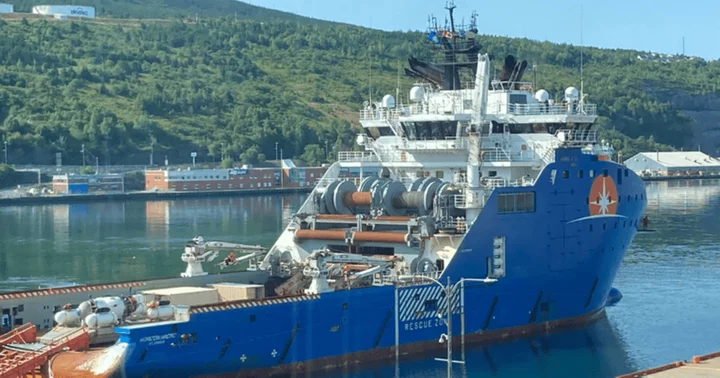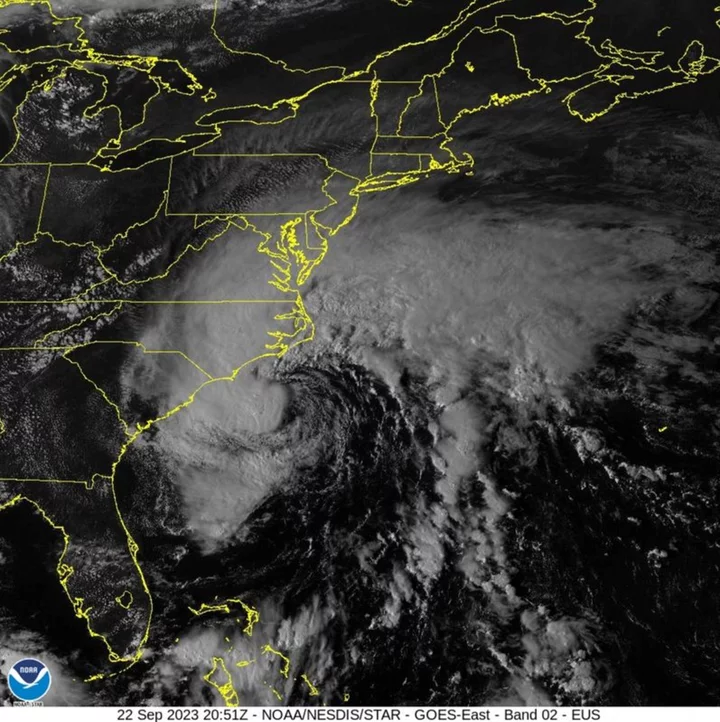BOSTON, MASSACHUSETTS: The coast guard and rescuers are desperately looking for the missing Titan submersible by using heavy machinery and rescue vessels including Horizon Arctic. The submersible, owned by OceanGate Expeditions, was carrying five people as they went to see the famous wreckage of the Titanic shipwreck, off the North American coast in the Atlantic on Monday, June 19.
The missing individuals include billionaire Hamish Harding, French explorer Paul-Henri Nargeolet, OceanGate CEO Stockton Rush, Shahzada Dawood, 48, and his son Sulaiman Dawood, 19. The current operation is said to be the ‘last chance’ to save the trapped people in the Atlantic Ocean. As per reports, the Horizon Arctic is set to sail around midnight from a port close to St John’s Airport on the eastern coastline of Canada. The rescue team is equipped with more winches, cables, and unmanned vehicles reaching depths of 19,000 feet. However, they will not reach the search zone before 15 hours, which is around 400 miles out to sea.
Who owns Horizon Arctic?
Three C-17 Globemaster US Air Force cargo planes also reached St John’s Airport, Newfoundland, on Tuesday carrying the ‘last chance’ machinery. As per reports, the cargo was offloaded with certain desperation before being taken along with a police escort to the port where the Horizon Arctic waited. The rescue ship is owned by Bourbon Offshore Norway, Fosnavaag, and built by Vard Brattvaag, Norway. It has a gross tonnage of 8,143 tons, and a deadweight estimated 4,129, reports Express.
'Sincere thoughts and wishes are with all the families'
One load contained a shipping crate with ‘Pelagic Research Services' written on it, which is a Massachusetts-based company specializing in deep sea rescue tools. The statement released by the company claimed that they are offering ‘critical support in the rescue mission, “Currently, PRS is in the process of mobilization as quickly and as safely as possible to assist in the search and rescue effort. PRS is committed to helping bring the best possible outcome to this situation. Our sincere thoughts and wishes are with all the families, friends, and rescue personnel of those affected by this emergency,” it read.
Eric Fusil, an associate professor at the University of Adelaide in Australia, pointed out that communication is another problem that rescuers are facing. He mentioned that the teams have 'no radar, no GPS, and no spotlight or laser beams beyond a few meters.'









